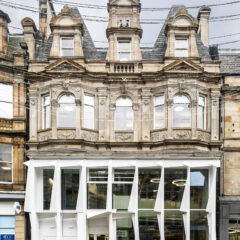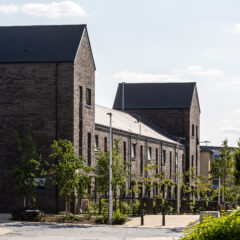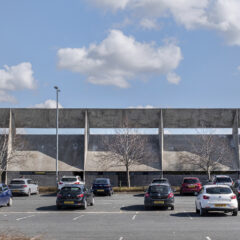
Glasgow’s Sighthill neighbourhood has long had a strong community, overshadowed by deteriorating housing conditions and concerns regarding the safety of amenity space. The area was isolated by heavy infrastructure, including the M8 motorway, disconnecting it from the city centre. In the 1960s, its ten towers were home to 7,500 people and latterly Sighthill experienced the high levels of multiple deprivation typical of inner-city high-rise estates.The last of these towers was demolished in 2016 and Glasgow City Council was determined that […]
Continue reading


